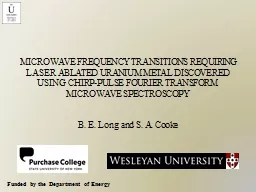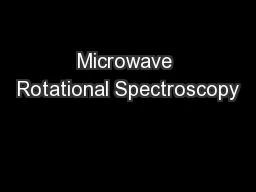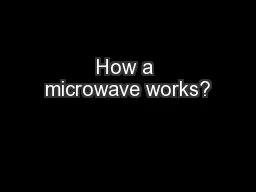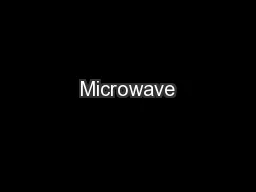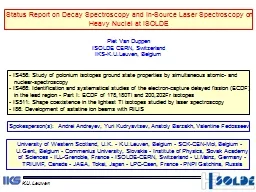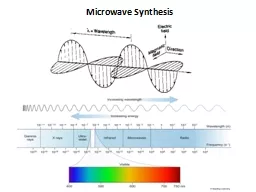PPT-BROADBAND MICROWAVE SPECTROSCOPY AS A TOOL
Author : phoebe-click | Published Date : 2018-02-07
TO STUDY INTERMOLECULAR INTERACTIONS IN THE DIPHENYLETHER WATER SYSTEM MARIYAM FATIMA 123 CRISTÓBAL PÉREZ 123 MELANIE SCHNELL 123 1 Max Planck Institute
Presentation Embed Code
Download Presentation
Download Presentation The PPT/PDF document "BROADBAND MICROWAVE SPECTROSCOPY AS A TO..." is the property of its rightful owner. Permission is granted to download and print the materials on this website for personal, non-commercial use only, and to display it on your personal computer provided you do not modify the materials and that you retain all copyright notices contained in the materials. By downloading content from our website, you accept the terms of this agreement.
BROADBAND MICROWAVE SPECTROSCOPY AS A TOOL: Transcript
Download Rules Of Document
"BROADBAND MICROWAVE SPECTROSCOPY AS A TOOL"The content belongs to its owner. You may download and print it for personal use, without modification, and keep all copyright notices. By downloading, you agree to these terms.
Related Documents


